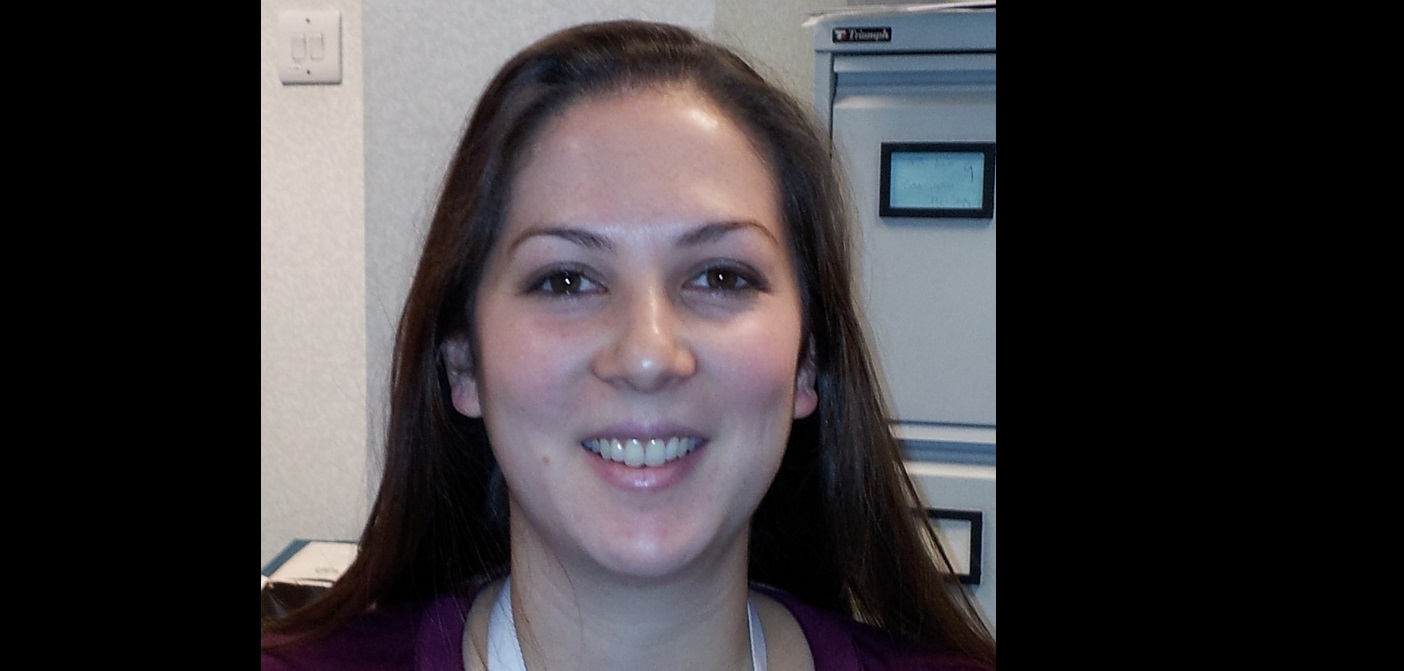ASD and Autistic-Like Characteristics in Cri du Chat Syndrome
The three core characteristics of Autism Spectrum Disorder (ASD) are:
- Poor or unusual social interaction skills
- Delayed development or difficulties in verbal and non-verbal (gestures, pointing, eye contact, etc.) communication.
- The presence of repetitive behaviours
To read more background information on ASD, visit our key topics area and select 'Autism Spectrum Disorder' from the drop down menu.
Given the strong social interaction skills reported in Cri du Chat syndrome, it is not surprising that very few studies of Cri du Chat Syndrome have reported autistic-like characteristics.
In a recent research study of ASD in Cri du Chat syndrome, individuals were observed. During this observation, researchers noted whether individuals with Cri du Chat syndrome showed behaviours that are associated ASD. The researchers followed the protocol of a robust obsersvational assessment when conducting these observations. 31% of individuals with Cri du Chat syndrome had a score on this assessment indicative of autism. The rate of autism in Cri du Chat syndrome is similar to that reported for autism in the wider intellectual disability population (up to 40%).
You can download the original research article here:
Moss et al. 2008 - ASD in CdLS and CdC
These findings suggest that autism may be no more common in Cri du Chat syndrome than it is in individuals with intellectual disability who do not have the syndrome. However, individuals with Cri du Chat syndrome may show some autistic-like characteristics even if they do not have autism. For example, repetitive behaviours occur in Cri du Chat syndrome.
It is very important to remember that the characteristics of autism spectrum disorder can sometimes look very similar to those identified in individuals with severe and profound levels of intellectual disability. This means that it is essential to take the person’s level of intellectual disability into consideration when thinking about a diagnosis of ASD. This is particularly important for young children with Cri du Chat syndrome where it may become even more difficult to accurately assess the presence of autistic-like characteristics. Jo Moss explains this further in the presentation above.




